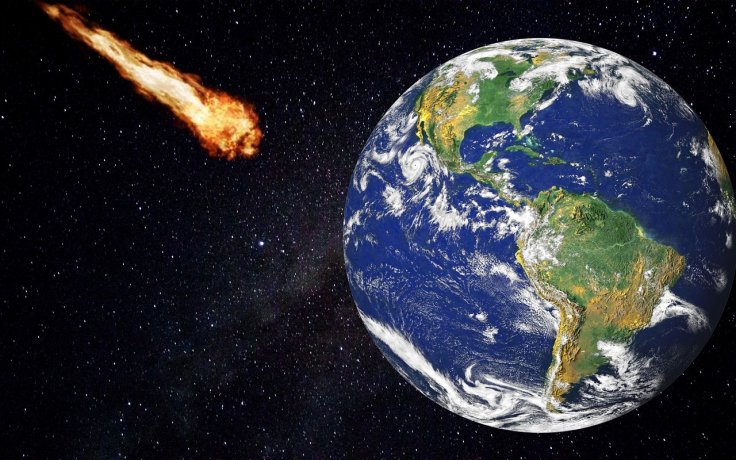NASA's asteroid tracking system is currently monitoring two massive near-Earth objects that are expected to approach the planet this week. According to the agency, these incoming space rocks are potentially hazardous asteroids that pose a risk to Earth.
These asteroids were detected by NASA's Centre for Near-Earth Object Studies (CNEOS). As indicated in CNEOS' database, the two asteroids have been identified as 2019 XQ3 and 216258 (2006 WH1).

Facts About 2019 XQ3 And 216258 (2006 WH1)
According to CNEOS, 2019 XQ3 has an estimated diameter of 440 meters. It is currently moving towards Earth at a speed of over 100,000 kilometres per hour. 216258 (2006 WH1), on the other hand, is much bigger than 2019 XQ3. This asteroid is about 540 meters wide and is traveling at a velocity of over 42,000 kilometres per hour.
Both asteroids belong to a family of space rocks known as Apollos. Like other Apollo asteroids, 2019 XQ3 and 216258 (2006 WH1) have very wide orbits within the Solar System. As they travel around the Sun, they occasionally cross the path of other planets in the system such as Earth.

Potentially Hazardous Asteroids
The size and natural orbits of the approaching asteroids are the main reasons why they are considered as potentially hazardous. According to CNEOS, this means that these asteroids can dangerously approach Earth. Due to their size, they can cause major impact events on Earth if they collide with the planet.
Fortunately for the people of Earth, 2019 XQ3 and 216258 (2006 WH1) will approach the planet from very safe distances. According to CNEOS, 2019 XQ3 will fly past Earth on December 19 at 9:45 PM SGT.
During its visit, the massive space rock will be about 0.04320 astronomical units from the planet, which is equivalent to 6.5 million kilometres away. As for 216258 (2006 WH1), this asteroid will approach the planet on Dec. 20 at 11:17 PM SGT from a distance of 0.03904 astronomical units or roughly 5.8 million miles away.









